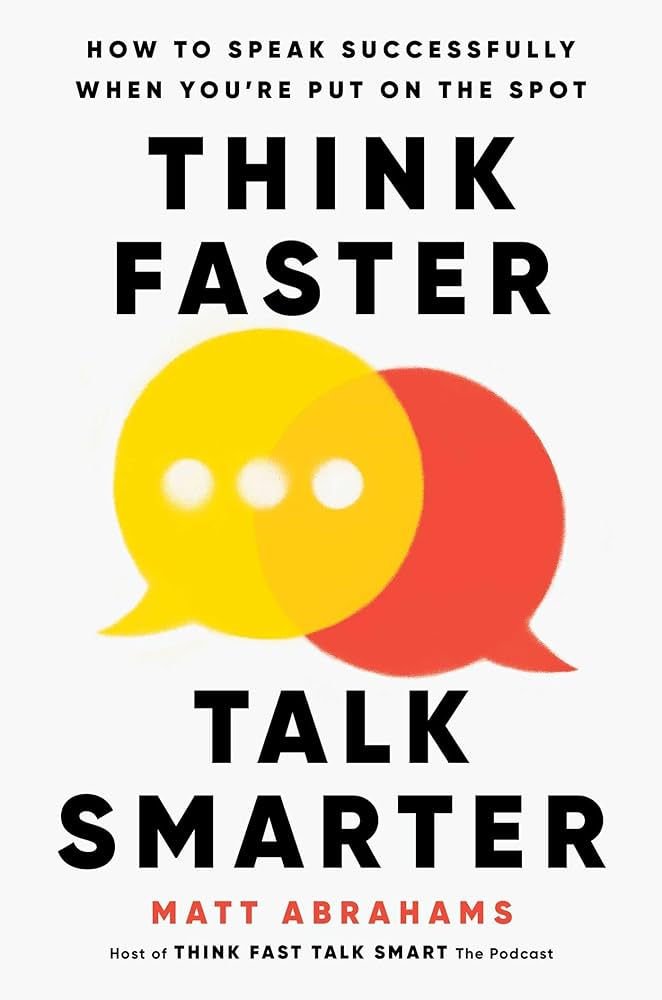Literature of Leadership - Noise
- Lynda Wallace-Hulecki, Ed.D.
- May 11, 2022
- 2 min read

NOISE: A Flaw in Human Judgment. Daniel Kahneman, Olivier Sibony, Cass R. Sunstein. (2021, Kindle Edition)
“Noise” is a book about errors in human judgment. The book is co-authored by three renowned experts in psychology, public policy and business strategy. According to the authors, error in judgement is a function of two primary components, bias (systematic deviations) and noise (random scatter, where consistency is desired). While much has been written on the topic of bias, the authors contend that little mention has been made of noise—which is prevalent, consequential, and yet insufficiently addressed by organizations. Therefore, the intent of this book is to redress the balance.
To illustrate: If two doctors provide two different medical diagnoses, at least one of them must be wrong. That is a judgment where variability in human judgment is not desirable and may be consequential on many levels. Similar dynamics in decision-making may be prevalent in judicial matters, insurance claims, college admissions, performance reviews, financial matters, to name a few.
“Noise” focuses on the complex topic of “unwanted variation” in professional judgment, including its causes and components, how to measure it, the interplay between noise and bias, as well as strategies and tools to identify and reduce it. Accordingly, the book is organized into 6 parts (including 28 chapters and 3 appendices), as follows:
Part 1: Finding Noise—explores the difference between noise and bias.
Part 2: Your Mind is a Measurement Instrument—investigates the nature of human judgment as well as how to measure accuracy and error.
Part 3: Noise in Predictive Judgments—delves into one extensively researched type of judgment—predictive judgment—and the key advantage of rules, formulas, and algorithms over humans.
Part 4: How Noise Happens—explains the central causes of noise—among the most pernicious of which is the discomfort of disagreement.
Part 5: Improving Judgments—explores how to improve judgments and prevent error.
Part 6: Optimal Noise—addresses the question: “What is the right level of noise?”
This is a long and complex book that through a blend of stories, research, and data, offers thought-provoking insights of relevance to decision leaders and policymakers. For readers who are primarily interested in an understanding of noise in decision-making and practical approaches to noise reduction, the content of parts 1, 2, 5 and 6 are most valuable, in combination with the appendices.
Image source: Amazon





































留言